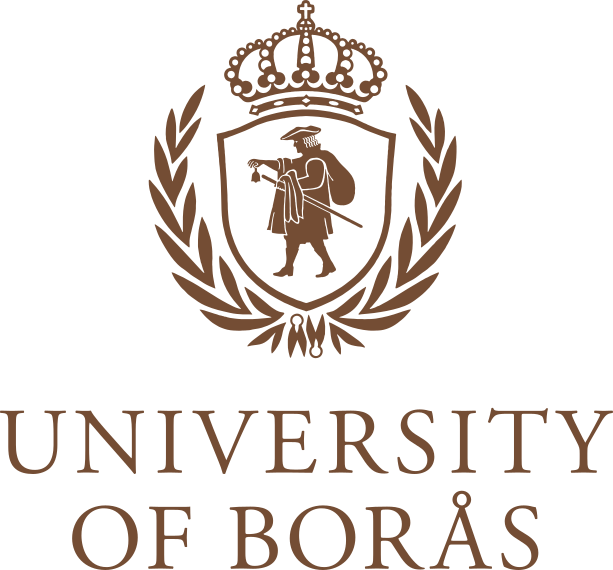Central Crisis Management Group
Other managers can be invited to the Crisis Management Group in cases where their own area of responsibility is affected. The Chief Safety Representative can also be invited to the Crisis Management Group if necessary and must always be kept informed.
In addition to the tasks that the Crisis Management Group has in the acute phase of a crisis, it provides support for the university's managers and employees in the continued work to promote security after a difficult incident.
Depending on the scope and consequences of the incident, the Crisis Management Group (or certain members depending on the event/crisis) assesses and decides what measures are to be taken and which managers/employees are to be associated with the Crisis Management Group, as well as allocates any tasks that are not described in the group's crisis plan.
Activation of the Central Crisis Management Group
The convener of the Crisis Management Group is the Head of Professional Services or the person in the group who first receives information about the incident. After consultation with the Vice-Chancellor, they decide whether all or only selected members of the Crisis Management Group should be convened.
In the case of minor "local" crises, the Head of Professional Services hands over the matter to the relevant department.
Crisis plan and checklists
Our actions and the presence of a well-functioning and prepared organisation can be crucial to how well we handle an unexpected event. In a crisis, we are often forced to prioritise among different issues and decisions may need to be made quickly based on perhaps incomplete data. This is when a crisis plan and developed routines and checklists can allow us to work in a more structured and efficient way.
A crisis plan and developed routines and checklists help us to:
- be ready to act quickly and efficiently after an alarm
- take care of employees, students, and others involved
- communicate the development of events
The university's internal crisis work is a complement to society's other crisis and disaster preparedness mechanisms.

